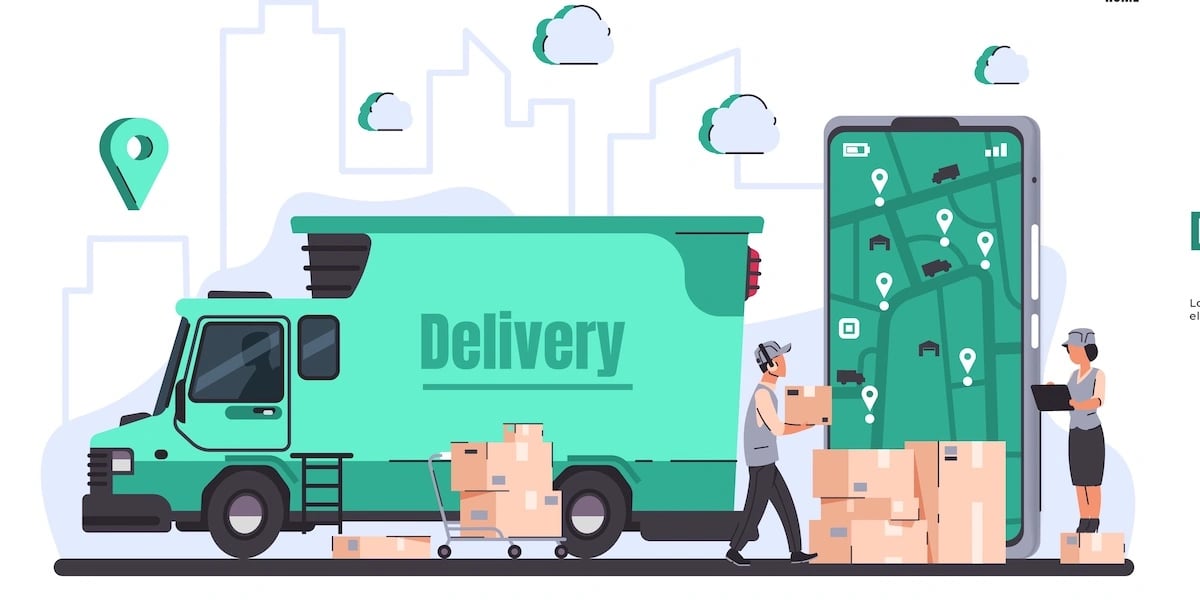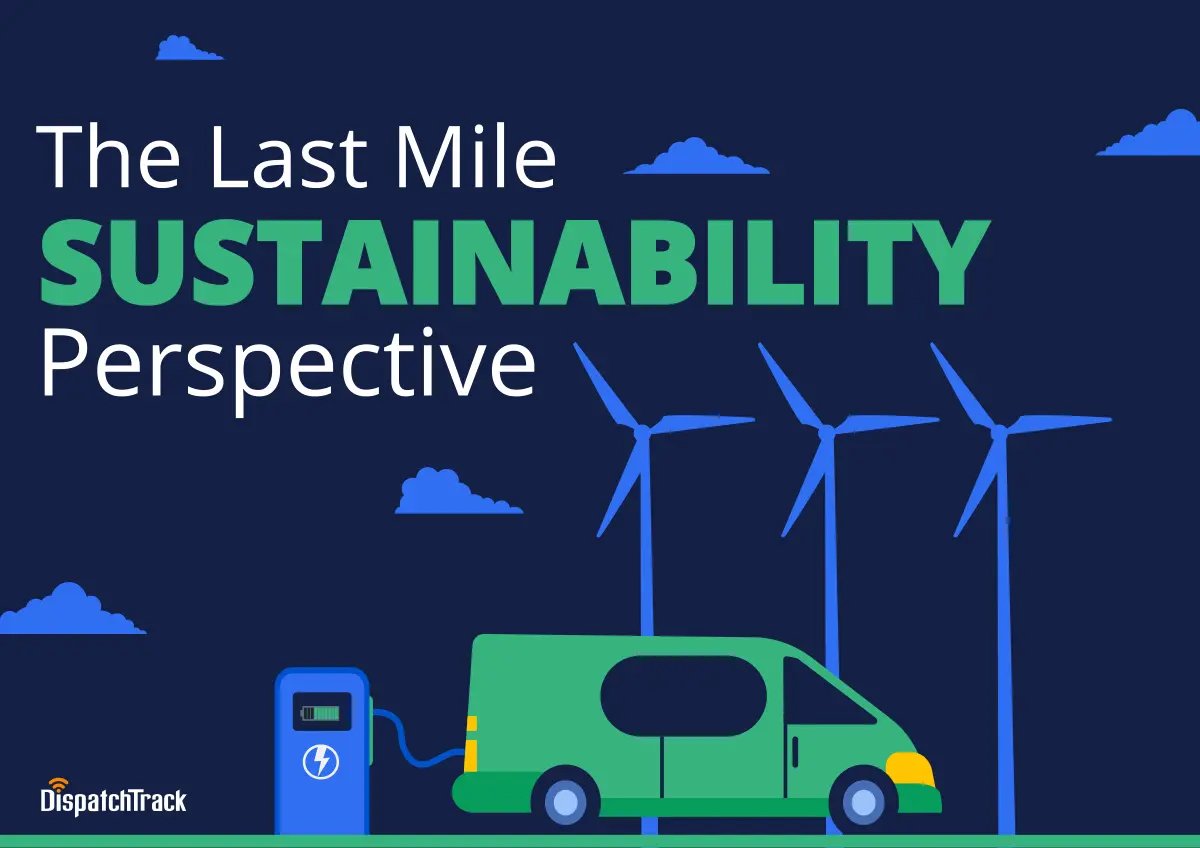The following is part of a series of posts about DispatchTrack’s point of view on the trends that will drive last mile delivery in 2023 and beyond. This week, we’ll be discussing the ways that the tide is turning with regard to sustainability in logistics. Check out DispatchTrack's full list of 2023 predictions to learn more.
Sustainability in logistics and last mile delivery has been a big talking point for years, but when is green logistics practice finally going to catch up with theory? If recent research is to be believed, the answer could be "soon."
 In fact, it could be as soon as this year for a large number of businesses. DispatchTrack’s recent Last Mile Sustainability Perspectives report showed that 77% of logistics companies are already prioritizing sustainability or plan to within the next year, which is an increase from 69% just a few months ago in August 2022. As we head into 2023, we think that this number is only going to grow, and more and more companies are going to build out robust sustainability agendas—with a big potential impact on the last mile.
In fact, it could be as soon as this year for a large number of businesses. DispatchTrack’s recent Last Mile Sustainability Perspectives report showed that 77% of logistics companies are already prioritizing sustainability or plan to within the next year, which is an increase from 69% just a few months ago in August 2022. As we head into 2023, we think that this number is only going to grow, and more and more companies are going to build out robust sustainability agendas—with a big potential impact on the last mile.
As these efforts get underway, there will obviously be hurdles. Fewer than half of businesses are actually able to track their sustainability efforts at the moment, and (possibly as a result, at least in part) less than a third are promoting their efforts either internally or externally. At the same time, there will certainly be exciting opportunities as well: new technologies that can increase efficiency across the entire logistics chain, new chances to gain recognition for successful green logistics initiatives, etc.
So, as logistics operators build out their sustainability agendas for 2023, what can we expect to see?
CO2 Tracking
Like we noted above, one of the biggest hurdles that businesses are facing right now in reducing their carbon footprints is that they simply can’t track their last mile sustainability efforts. You can’t optimize what you can’t measure—which is why one of the first things on the agenda for delivery organizations needs to be finding a way to actually measure their current CO2 output and track their progress over time as they work to reduce emissions.
The good news is that they shouldn’t require anyone to reinvent the wheel. At least when it comes to the last mile, CO2 emissions are a direct function of miles driven. If you can track how many miles you’re driving across your delivery runs, then factor in differences in CO2 output between different vehicle and load types, you can pretty easily attach a number to what you’re already doing and track changes over time.
Here, the trick is to find a way to predict CO2 emissions during the route planning stage, such that you can factor that in as you're creating your delivery schedules for a given day or week. Right now, this kind of CO2 tracking isn’t commonplace, but we expect it to become more widespread in 2023.

Hybrid Fleets
Though our research into sustainability sentiments found a big uptick in interest, it did show one surprising result: very few businesses (only 14%) at this stage are turning to electric and semi-electric vehicles to meet their sustainability goals. This is for a number of reasons, from apprehensions about infrastructure and charging logistics to worries about range limitations that might complicate certain deliveries. But the upshot was mostly that businesses didn’t feel that they had enough information to make big plans for electric vehicles.
2023 probably isn’t going to be the year of the all electric delivery fleet. But 60% of respondents did say that they would consider this technology in the future. And as the tide turns, what we expect to see more and more of is hybrid fleets running a mix of traditional and electric or semi-electric vehicles.
This can be a big step in the right direction—but it does come with its own challenges. Companies that prioritize adding EVs piecemeal will give themselves some breathing room when it comes to investing money in a technology that’s still evolving, but in the meantime they’ll have to grapple with creating delivery plans where the right routes are assigned to the right trucks. This can add another layer of complexity to an already complex process. You don’t necessarily want to deliver big and bulky items a long distance from your warehouse using EVs with limited ranges that are shortened by heavy loads, and your routing and planning will have to make it easy for you to avoid letting that happen.
We expect 2023 to be a year in which technology platforms tackle this problem head on and support businesses as they move gradually toward electrification.
Last Mile Optimization
Rolling out a robust sustainability agenda involves a lot of new concepts and technologies—but a huge part of reducing carbon emissions in delivery management is simply driving fewer miles. After all, fuel consumption correlates directly with CO2 output, which means that every mile less driven is good for the planet.
Making this happen requires delivery organizations to go back to the basics: i.e. route optimization. Optimized routes can help increase route efficiency by more than 10%, resulting in an equivalent reduction in CO2 emissions from fuel consumption. And when your routes are truly optimized—i.e. not just efficient but accurate with regard to ETA predictions—you can reduce the number of failed deliveries that result from the driver showing up early or late. Reducing these outcomes saves you redelivery attempts that would otherwise effectively double your CO2 emissions for a given delivery.
Coming into 2023, it’s not just decarbonization efforts that are going to push people towards route optimization—it’s also rising costs and other economic pressures. Driving down fuel usages also drives down costs, so it shouldn’t come as much of a surprise to find that businesses across the board are turning to route optimization for these two dovetailing reasons.
Focus on Efficiency
Economic forces like rising costs impact businesses in a host of different ways—well beyond what we covered above talking about route optimization. Businesses are responding to this in a host of different ways, but we expect that 2023 is going to be the year efficiency and optimization take prominence in a number of different ways. The trick is to make sure that these efficiency improvements also fit in with your sustainability goals.
For instance, one of the biggest contributors to CO2 emissions in delivery management comes from your warehouse footprint and the heating and cooling that comes with it. That’s why shrinking that warehouse footprint can be an important part of a sustainability strategy—if you can figure out a way to make that happen without hamstringing yourself in terms of effectively servicing your customers. This requires a focus on operational efficiency from end to end. You might work on shortening delivery lead times through faster planning, in order to reduce the amount of stock you have to keep on hand. Likewise, you might see what you can do to minimize the need for returns, e.g. by increasing the level of visibility that you provide to customers.
Another example: you might try rolling out more eco-friendly delivery self-scheduling options for customers. Studies show that consumers are increasingly willing to wait longer for a delivery if they know it will decrease the carbon footprint—but to make that happen, you need to have serious control over your supply chain and delivery management processes from end-to-end, and be able to track your efforts.
That might sound a little daunting—but really, it’s an exciting opportunity. Taking a holistic approach to boosting last mile efficiency needs to be on the sustainability agenda for 2023. It just so happens that doing so is a great excuse to get smarter, more connected, and more cost-efficient across your delivery operations.